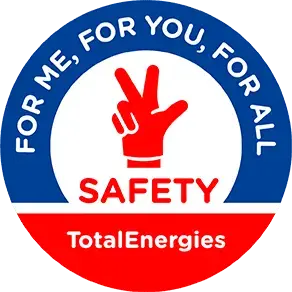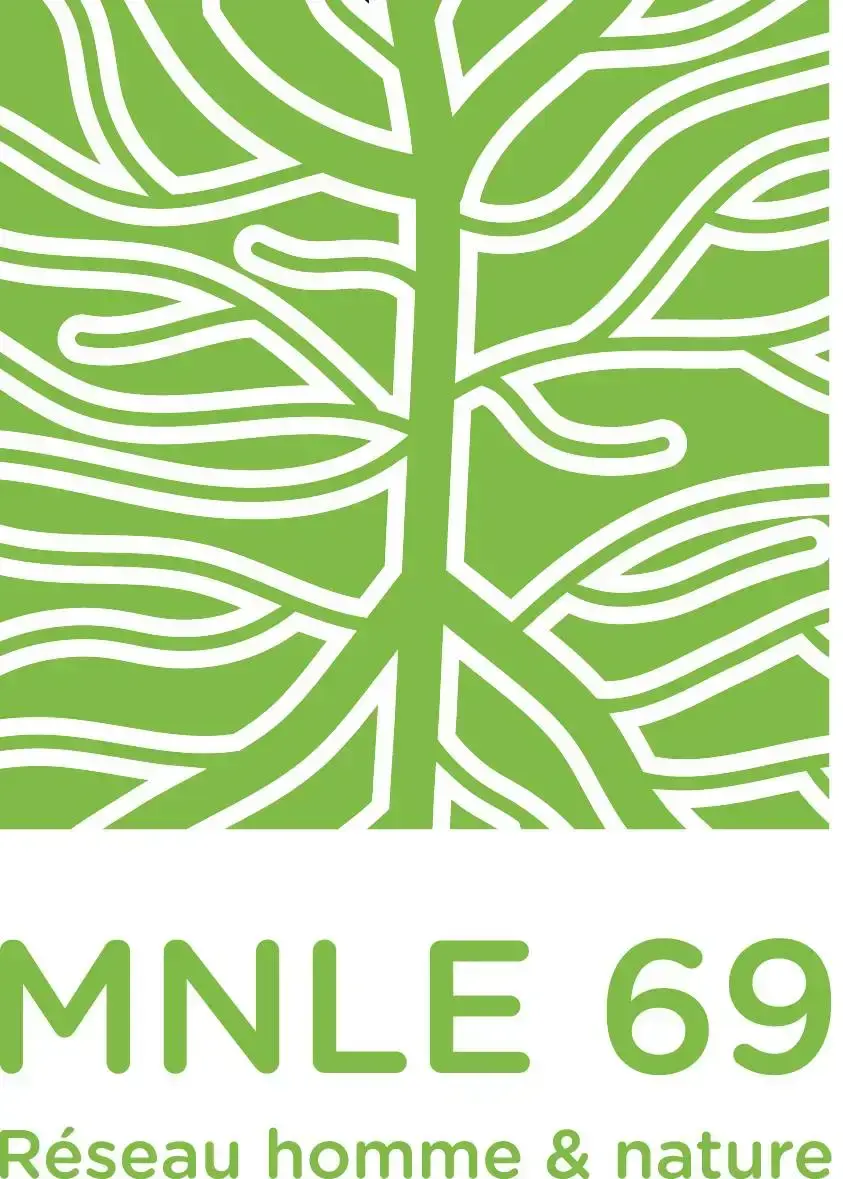Our Givors site
The Total Energies Additives and Fuels Solutions site is located in Givors on the banks of the River Rhône in eastern France, with easy access to the A47 and A7 freeways.
Our history
| 1839 | Master blacksmith Eustache Prénat (1802-1866) bought some land to the north of the Givors Basin and set up a cast-iron foundry complete with forging, fitting and joinery workshops. This marked the start of the site’s industrial activities. |
|---|---|
| 1841 - 1913 | The site grew as new partners were brought into the business, following which two blast furnaces and coke ovens were built. |
| 1853 | Victorien Génissieu, Eustache Prénat and Ferdinand de la Rochette formed the “Société des Hauts-Fourneaux et Fonderies de Givors E. Prénat & Cie”. |
| 1856 - 1859 | The company designed the “Notre Dame de France” statue, which was inaugurated in 1860. The statute stands on the Rocher Corneille and overlooks the town of Puy-en-Velay. At the time, it was the tallest cast-iron statue in the world (22.70 m high, 835 tons). It held onto that title until the Statue of Liberty was designed in 1886. |
| 1913 | The company was transformed into a limited liability company called “Compagnie Des Hauts-fourneaux et Fonderies de Givors - Établissements Prénat”. |
| 1938 | The Oil Port of Givors was built, which meant that products could be transported. |
| 1943 | Edouard Prenat, a graduate of the Ecole Centrale engineering school in Lyon, took over the company’s reins |
| 1940 - 1944 | The factory was bombed during World War II |
| 1946 - 1954 | Plans were launched to upgrade and expand the site |
| 1956 | The company “Port Pétrolier de Givors” was founded. |
| 1967 - 1973 | Storage capacity was ramped up to cover 25% of the region’s heavy fuel oil requirements. |
| 1973 | In the wake of the oil crisis, the site diversified into other activities, such as storing bitumen and chemicals, and manufacturing special hydrocarbons and petroleum additives by blending. |
| 2005 | “Total Additifs & Carburants Spéciaux” (Total ACS) was created. |
| 2008 - 2010 | A new special fuels production unit was built. |
| 2011 - 2018 | The site’s facilities were upgraded and optimized. |
| 2015 | The bitumen production business was shut down and its facilities dismantled. |
| 2016 - 2018 | The firefighting and wastewater networks underwent a complete overhaul. |
| 2021 | The company changed its name to TotalEnergies Additives and Fuels Solution |
storage tanks
employees
different profiles (manufacturing operators, laboratory technicians, engineers, etc.)
of surface
Risk control
TotalEnergies AFS, as a TotalEnergies affiliate, champions the same core value of “safety first”.
The Givors site is classed as an upper-tier establishment according to the Seveso Directive.
As such, it has implemented a safety management system that defines the site’s organization, employees’ duties, procedures and resources.
A Major Accident Prevention Policy has also been put into practice.
Every day, our qualified teams are focused on controlling and mitigating:

- Environmental risks:
- Oversight of the site’s facilities and operations
- Risk analysis
- Work management and supervision
- Preventive and corrective maintenance for the safety equipment
- Risks to people:
- Standard operating procedures
- Collective and personal protective equipment
- Work permits
TotalEnergies AFS is organized to respond to any crisis that may arise:
- Through its human resources:
- First-response personnel regularly trained to deal with real fires
- First-aiders
- A crisis management unit that can spring into action 24 hours a day by means of an on-call system
- Through our material resources:
- A recently automated fire suppression system tested several times a month
- Fixed and mobile cooling and extinguishing equipment at our facilities
- Pollution control resources
- Through our organizational means and resources with emergency plans:
- The Internal Operations Plan (POI) in the event of an accident or pollution incident at the site
- The Specific Response Plan activated by the authorities in the event of an incident with consequences beyond the site’s boundaries
- The Transport Emergency Plan if an incident occurs while transporting our products to our customers
Our ambition
As a major player in the energy transition, TotalEnergies puts sustainable development in all its dimensions at the heart of its projects and operations to contribute to the well-being of people.
The Company has pledged to contribute to the United Nations Sustainable Development Goals (SDGs), including those related to the conservation of biodiversity.
Aware of the challenges related to environmental management and the use of the planet’s natural resources, TotalEnergies strives to manage the environmental effects of all its projects and operations according to the Mitigation Hierarchy principle of avoidance, minimization, restoration and offsetting.
On the occasion of the preparation of the United Nations Plan for Biodiversity, TotalEnergies reasserts its commitments to protect biodiversity:
1. Respecting our voluntary exclusion zones
2. Managing biodiversity in our new projects
3. Promoting biodiversity
4. Managing biodiversity at our existing sites
TotalEnergies AFS has set up a biodiversity survey at the Givors site with support from a local association:

Founded in 1981, MNLE (National Environmental Protection Movement) is a national association that belongs to the “Humanité et Nature” network.
The association aims to ensure that all human beings can grow and thrive in harmony with their environment.
- Research, gather, deepen, enrich and disseminate knowledge about the different phenomena affecting the environment.
- Contribute to promoting widespread citizen participation in implementing environmental policies (on a local, national and international level), and defining and challenging urban planning documents (local / intercommunal planning regulations, territorial cohesion plan and equivalent)
- Promote the environment in all areas: regional planning, organization of transport and distribution channels, fair trade, industrial activity, health protection, improved air and water quality, soil quality, etc.
MNLE’s goal is to develop cooperation through projects involving companies that share the same objectives.
The green and blue infrastructure
Owing to its location, the TotalEnergies AFS site in Givors is a key player in what is known as the blue and green infrastructure.
What is the blue and green infrastructure?
Many animal and plant species need to move during their lifecycle to feed, reproduce and adapt to the climate. However, urban development, transport infrastructures such as highways and railroads, dams on waterways, intensive agriculture and forestry practices, and light and noise pollution are fragmenting and reducing the surface area of natural habitats, which limits the possibilities for species to move around.
- The green infrastructure refers to a network of natural and semi-natural terrestrial environments.
- The blue infrastructure refers to a network of water bodies and wetlands, such as rivers, canals and ponds.
The blue and green infrastructure in the communities
Based on the SRADDET / SRCE / SAR / PADDUC urban development plans, implementing green and blue infrastructures in a given community helps reconcile local development and quality of life with protecting biodiversity and landscapes.
How does TEAFS translate these objectives into on-the-ground action?
- Educate all employees on biodiversity issues
- Carry out an environmental survey at the site, specifically focusing on biodiversity, in collaboration with employees (at any given time, non-exhaustive)
- Reveal, develop and enhance in-house environmental skills
- Build cohesion within TEAFS through a cross-functional project
- Help employees propose actions to increase biodiversity at the site
- Help employees take action, observe biodiversity and reduce its impact
- Enhance the TEAFS working environment (self-embellishment)
- Improve the site’s landscaping at the entrance to the town of Givors
- Support participation in local environmental initiatives (green infrastructure) and global initiatives (National Strategy for Biodiversity III 2022-2030), certified by the company (ISO, Entreprises Engagées pour la Nature) and individuals (contribution to national inventories)
- Organize events and collaborative projects.
Solidarity commitment: the Action Program!
It is our civic duty to accompany, support and take tangible action to promote solidarity, education, culture and the environment.
The Action Program! enables volunteers from the Company’s workforce to take three days a year out of their working hours to get involved in projects proposed by approved non-profit organizations.
Assignments may call directly on employees’ skills on a one-off or recurring basis, such as providing support for young people in socially vulnerable situations.
Four focus areas for action:
Education and integration
Climate, coasts and oceans
Road safety
Cultural dialogue and heritage
In 2023, 36 of our employees took part in various actions, including:
The cooperative preparation of a lunch for "small canteens" in Oullins



